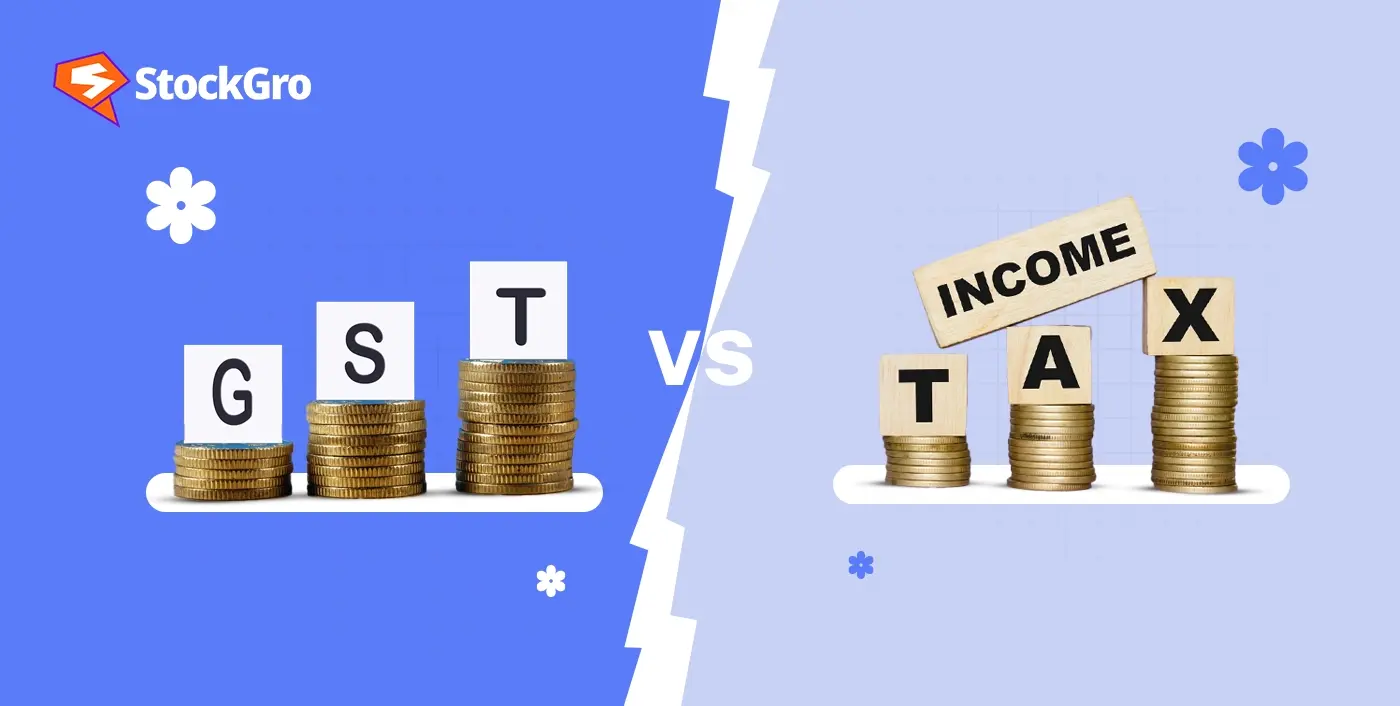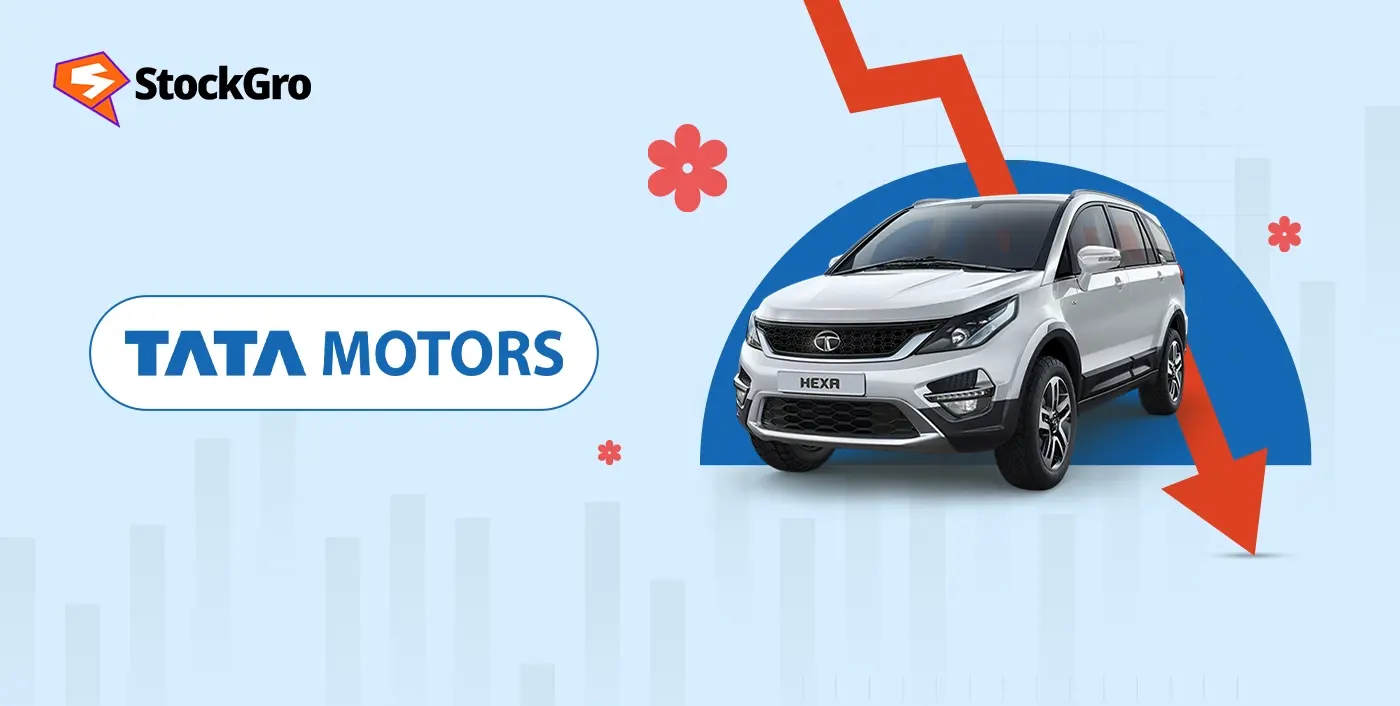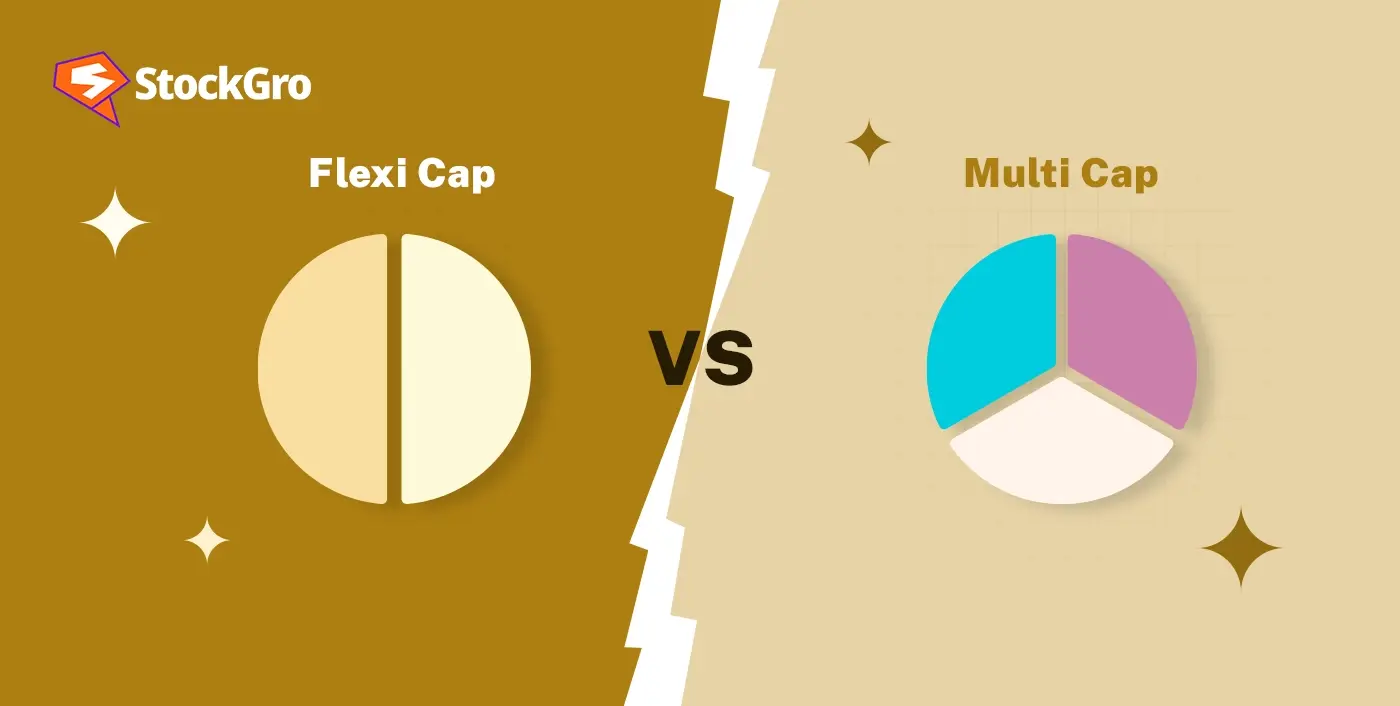
India’s tax system is made up of two main types: direct taxes like income tax, and indirect taxes such as GST. The central and state governments are responsible for collecting these taxes on different aspects—income tax is charged directly on what you earn and is collected by the central government, while GST is added to the sale of goods and services and is collected by both the central and state governments.
It’s important for both individuals and businesses to understand how GST and income tax operate, since this knowledge helps you manage your finances better, avoid unexpected issues during tax season, and stay on top of all your legal requirements.
What is GST?
Goods and Services Tax (GST) is an indirect tax applied to goods and services nationwide. It replaced several previous indirect taxes and combined them into a single, unified framework. GST is levied at each stage of the supply process and depends on the place where goods or services are finally consumed by the end user, rather than where they are made. This has made the tax process simpler and more transparent for everyone involved.
Purpose of GST
- GST took over older taxes like excise duty, service tax, and Value Added Tax (VAT), and combined them into one simple tax.
- It ensures you’re only taxed on the value added at each step, preventing the cascading effect where you end up paying tax on tax.
- The system is much easier for both businesses and the government to manage.
- With uniform rules and rates nationwide, GST makes the system more transparent and helps reduce tax evasion.
- Overall, GST increases government revenue and streamlines the entire tax process, making it easier for everyone involved.
Who pays GST:
GST is collected at every stage of the supply chain by businesses and service providers, but the final burden of the tax is borne by the end consumer, as it is included in the price of goods and services.
What is Income Tax?
The income earned by individuals and various entities in India is directly taxed under the Income Tax Act. This essential act enables the central government to collect a very significant portion of its gross revenue from numerous direct taxpayers, with the following key purposes served by those collected income tax revenues:
- Financing the government’s myriad public service provisions, with the income tax revenue used heavily in the following key areas: a. Health b. Education c. Infrastructure
- Supporting numerous welfare schemes and associated social developmental efforts.
- Running national security functions and key administrative functions.
- Discouraging tax evasion and promoting the whole system’s transparency and compliance.
Anyone earning above the specified income threshold must pay income tax, including individuals, companies, firms, Hindu Undivided Families (HUFs), and other entities defined under the Income Tax Act. This is a fundamental aspect of the GST vs income tax debate, as GST applies to transactions, while income tax applies to earnings.
Also Read: What is TDS? A complete overview of TDS in income tax
Key differences between GST and Income Tax
Here’s a simple breakdown of how GST and income tax differ from each other:
| Parameter | Goods and Services Tax | Income Tax |
| Nature of tax | Indirect tax collected on goods and services | Direct tax paid on income or profits |
| Applicability | Applies to the supply of all goods and services | This tax is applied to the income earned by individuals or businesses |
| Tax rates | GST rates vary depending on what you buy, with common slabs like 5%, 12%, 18%, and 28% | The more you earn, the higher the percentage of tax you pay—starting at 5% and going up to 30% for bigger incomes |
| Who collects | Both the Central and State Governments collect this tax. | Only the Central Government collects this tax. |
| Filing frequency | Returns filed monthly, quarterly, or annually, depending on taxpayer category | Returns filed annually |
| Input tax credit | Available—businesses can offset tax paid on inputs against output tax liability | Not available |
| Registration threshold | If your business earns over ₹40 lakh a year or ₹20 lakh in special category states, you need to register for GST | If you earn more than ₹2.5 lakh in a year, you need to pay income tax as per the rules set by the Income Tax Department |
| Tax burden | The customer pays the tax. | Cannot be transferred; paid directly by the taxpayer |
Also Read: Direct vs. Indirect Tax: Understanding the Key Differences
Compliance and filing
Understanding the difference between Income Tax and GST is essential, as both have distinct compliance requirements and consequences for non-filing.
GST
- GST registration is mandatory for suppliers if their annual turnover exceeds ₹40 lakhs for goods in most states, or ₹20 lakhs in special category states.
- After registering for GST, businesses need to regularly submit their sales, purchases, and tax details on the GST portal—usually every month, quarter, or year.
- If you don’t comply, you could face late fees of ₹100 per day per Act (up to ₹5,000), steeper penalties for serious fraud, and even risk having your registration cancelled.
Income Tax
- Individuals and entities are liable to pay tax on income if the annual income exceeds the prescribed threshold (generally ₹2.5 lakh in the case of individuals).
- Taxpayers need to file an annual Income Tax Return (ITR) either in the correct form (from ITR1 to ITR7) suitable for their income type and category.
- You can reduce your taxable income with deductions under sections like 80C and 80D.
- Penalties for non-compliance include late filing fees of up to ₹10,000, interest on unpaid tax, and much higher fines for concealing or misreporting income.
Also Read: What are documents required for GST registration?
Impact on individuals and businesses
The difference between income tax and GST affects various groups in unique ways:
- If you’re a retailer and your yearly sales go over ₹40 lakh, you need to register for GST. It’s pretty simple for most retailers: you collect GST from your customers, pay it on purchases, and file regular GST returns. On top of that, you also pay income tax on whatever profit your business makes—so dealing with both taxes just becomes part of your everyday business life.
- For salaried folks, your employer takes care of income tax by deducting it from your salary each month and sending it straight to the government. Your salary itself isn’t touched by GST, but you still pay GST whenever you make personal purchases, such as buying things, eating out, or using paid services.
- Freelancers have to register for GST if they earn more than ₹20 lakh a year (or ₹10 lakh in special category states). That means adding GST to your invoices and filing returns regularly. You also pay income tax, but only on what’s left after subtracting your business expenses. If your payments go over certain limits, you may also have to handle TDS (tax deducted at source).
Bottomline
India’s tax system is mainly structured around income tax and GST. GST is an indirect tax that’s added to most goods and services you buy, with businesses collecting it and passing it on to the government. Income tax, on the other hand, is a direct tax on your earnings, whether you’re salaried, self-employed, or running a business, and you pay it straight to the government. Understanding the GST and income tax difference isn’t just for accountants—it helps you stay compliant, avoid penalties, and make smarter financial decisions. Whether you’re an individual or a business owner, knowing the GST vs income tax rules makes it much easier to manage your taxes and plan ahead.
FAQs
Is GST a regressive tax?
Yes, GST is generally considered a regressive tax. This is because everyone pays the same rate, when it comes to GST, on the goods and services they purchase, irrespective of their income levels. Consequently, households with lower incomes spend a larger share of their overall income on GST—which makes them poorer as a result.
Is GST a direct or indirect tax?
GST is an indirect tax. Regarding collections, the supply of goods and services under the GST is charged. When you, as a consumer, procure any product or service from a business, you pay the GST. The company collects that tax from you and pays it to the government.
What is the GST rate in India?
The GST rates in India consist of five main slabs: 0%, 5%, 12%, 18%, and 28%. Zero-rated items include essentials such as fresh food and health services, while the standard taxation on goods and services largely falls within the 5%, 12%, or 18% range. The items that fall under luxury or prohibited goods (sin goods) are rated at the maximum 28% and hence are part of the GST’s best practices.
Is it mandatory to define the nature of employment while filing a return?
Yes, it is mandatory to define the nature of employment while filing your income tax return. You must specify whether you are a Central Government employee, State Government employee, employee of a Public Sector Enterprise, pensioner, employee of a private sector concern, or select “Not applicable” if you receive only family pension income. This information is required for proper assessment and processing of your tax return.
What is GST & how does it work?
Goods and Services Tax (GST) is an indirect tax on the supply of goods and services in India, introduced to replace multiple indirect taxes like VAT, excise duty, and service tax. It is a multi-stage, destination-based tax applied at every stage where value is added to the supply chain. Businesses collect GST from customers and pay it to the government, while consumers pay GST as part of the final price. This unified system simplifies tax compliance and ensures transparency.

